Elon Musk said “orbit is not easy” after congratulating the California-based company Astra Space for reaching orbit after several failed attempts.


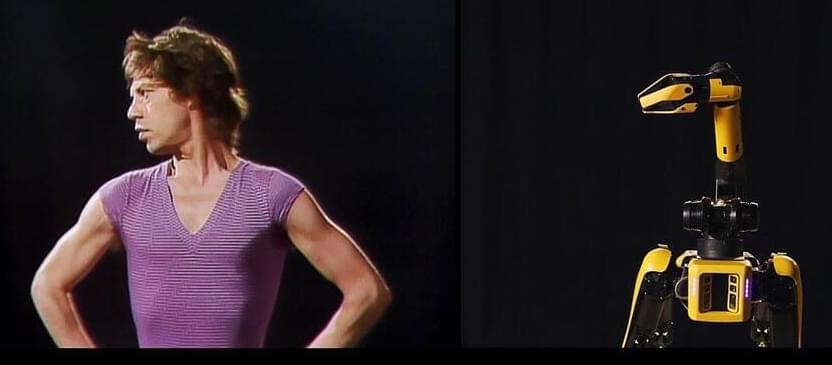
Another video from Boston Dynamics.
‘Start Me Up’ taken from Tattoo You 2021: https://the-rolling-stones.lnk.to/TattooYou2021So.
Video in collaboration with Mercury Studios, Polydor Records & The Rolling Stones.
https://www.youtube.com/c/mercurystudios.
40 years ago, The Rolling Stones debuted their iconic Tattoo You album. We’re helping them celebrate.
Robot choreography by Boston Dynamics and Monica Thomas.
https://www.bostondynamics.com.
Watch an interview on the creative process: https://www.youtube.com/watch?v=oik3MCTN1pQ
#BostonDynamics #RollingStones

PBS Member Stations rely on viewers like you. To support your local station, go to: http://to.pbs.org/DonateSPACE
↓ More info below ↓
Einstein’s special theory of relativity combines space and time into one dynamic, unified entity — spacetime. But if time is connected to space, could the universe be anything but deterministic? And does that mean that the future is predestined?
Sign Up on Patreon to get access to the Space Time Discord!
https://www.patreon.com/pbsspacetime.
Check out the Space Time Merch Store.
https://pbsspacetime.com/
Sign up for the mailing list to get episode notifications and hear special announcements!
https://mailchi.mp/1a6eb8f2717d/spacetime.
Hosted by Matt O’Dowd.
Written by Matt O’Dowd.
Graphics by Leonardo Scholzer, Yago Ballarini, & Pedro Osinski.
Directed by: Andrew Kornhaber.
Camera Operator: Setare Gholipour.
Executive Producers: Eric Brown & Andrew Kornhaber.
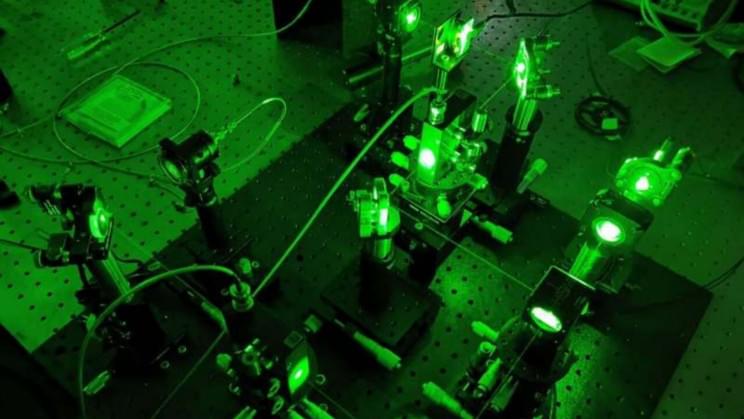
With the potential to image fast-moving objects.
When asked what superpowers they would like to have, many say the ability to see through things. Now, there may be a camera that could give people that gift.
Developed by Northwestern Engineering researchers, the new high-resolution camera can see around corners and through human skin and even bones. It also has the potential to image fast-moving objects such as speeding cars or even the beating heart.
The relatively new research field is called non-line-of-sight (NLoS) imaging and comes with a level of resolution so high that it could even capture the tiniest capillaries at work.
“Our technology will usher in a new wave of imaging capabilities,” said in a statement the McCormick School of Engineering’s Florian Willomitzer, first author of the study.
“Our current sensor prototypes use visible or infrared light, but the principle is universal and could be extended to other wavelengths. For example, the same method could be applied to radio waves for space exploration or underwater acoustic imaging. It can be applied to many areas, and we have only scratched the surface.”
Full Story:
With a potential to image fast-moving objects. When asked what superpowers they would like to have, many say the ability to see through things. Now.
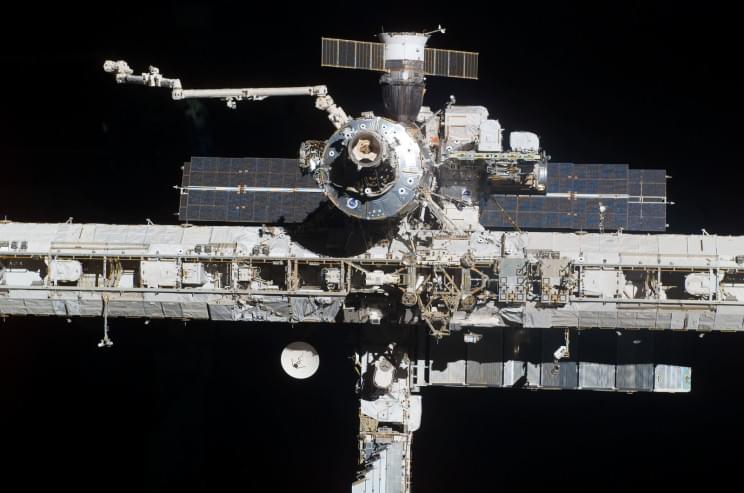
https://youtube.com/watch?v=4siqZlP6XiE
Happy birthday, ISS.
The first components of the International Space Station (ISS) were launched on November 20, 1998, roughly 12 years after the first Soviet MIR-2 module was launched and a full 25 years after Skylab.
The ISS took 10 years and more than 30 missions to assemble. It is the result of unprecedented scientific and engineering collaboration among five space agencies representing 21 countries: NASA (United States of America), Roscosmos (Russia), JAXA (Japan), CSA (Canada), and ESA (16 EU countries and the UK).
With fully-equipped laboratories and advanced life support systems powered by solar arrays, the ISS has space for up to seven crew members to live and work, conducting many kinds of research in low Earth orbit.
Let’s explore (and celebrate) one of the most impressive pieces of engineering ever created.
Full Story:
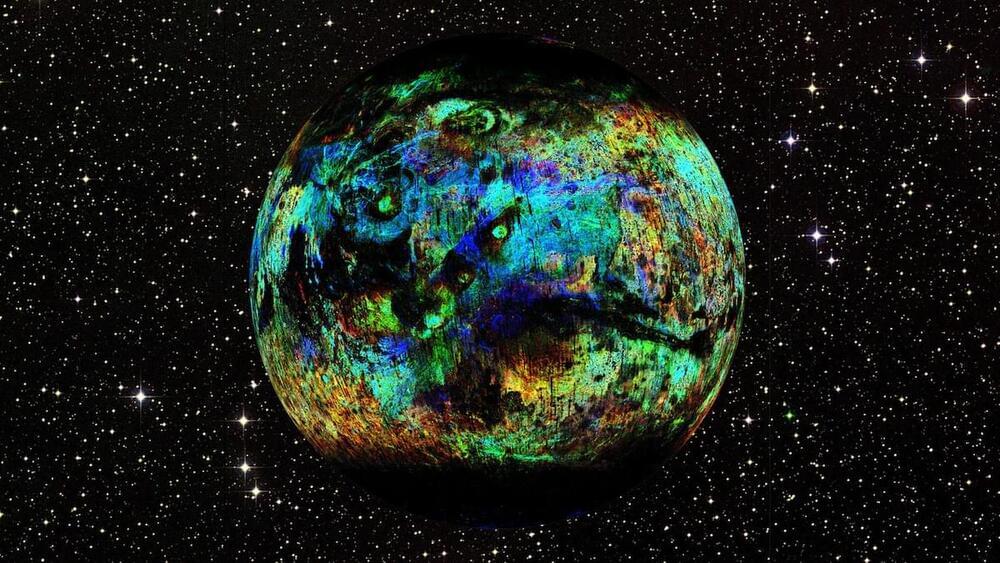

Video from the Mastcam-Z instrument aboard NASA’s Perseverance Mars rover captures a closeup view of the 13th flight of the agency’s Ingenuity Mars Helicopter, on Sept. 4, 2021.
For more information about Perseverance:
mars.nasa.gov/mars2020/
nasa.gov/perseverance.
Credits:
NASA/JPL-Caltech/ASU/MSSS.
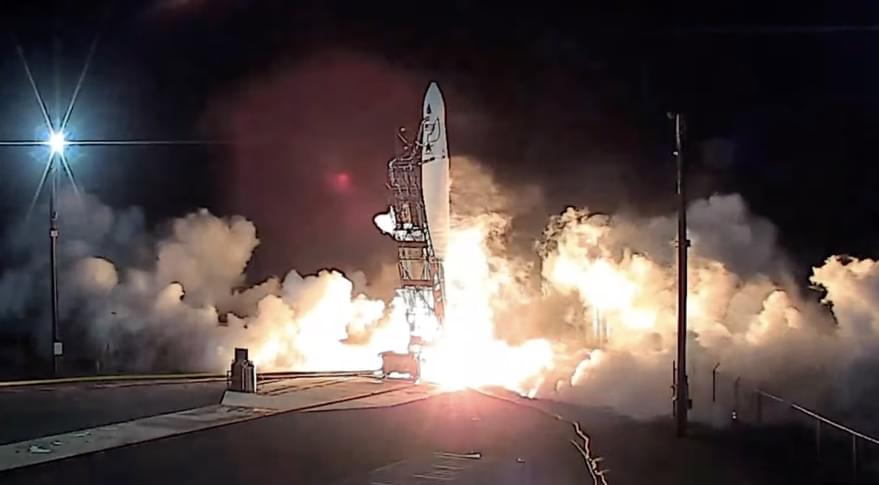

It is a lesson the U.S. space program has had to learn many times over: don’t voluntarily give up a space capability without having a successor ready to go or already operational.
But for the ISS (International Space Station), a gap in LEO (low Earth orbit) scientific research capability will likely not occur when the iconic outpost ends its career, whenever that may be.
And that is in large part due to Axiom, a private space organization with private funding that will begin adding modules to the ISS in 2024 — with the goal that those added modules will then be easily disconnected from the ISS at the end of its life, thus ensuring no gap in low Earth orbit space station capability for the United States.
